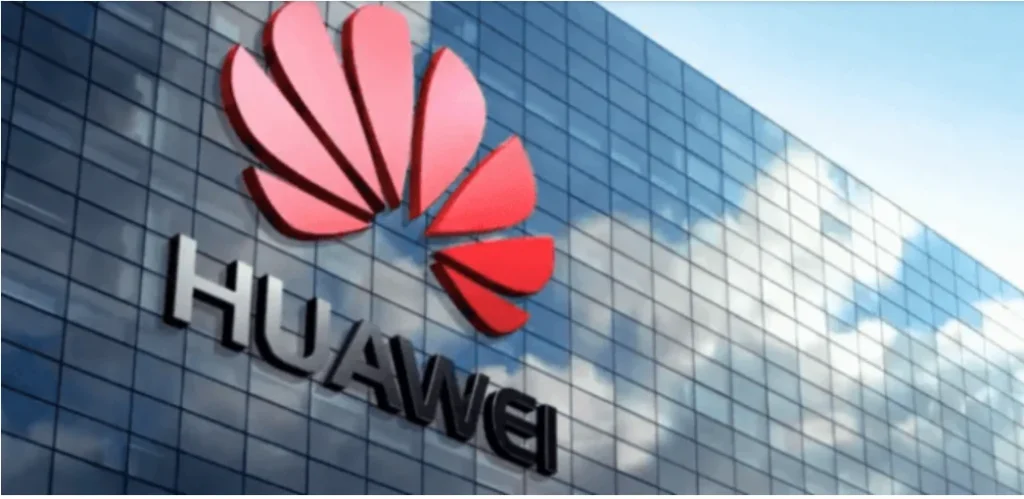Bitcoin surged past the $104,900 mark on Saturday night, climbing by 2% after U.S. President Donald Trump announced substantial progress in ongoing trade negotiations with China. This bullish momentum spread across the crypto market, as Ethereum jumped by more than 10% to reach $2,600, while Dogecoin rallied 21% to nearly $0.25. The price movements highlighted the sector’s deep ties to global economic developments and investor sentiment surrounding geopolitical events.
High-Level Talks Spark Optimism in Geneva
The surge in cryptocurrency prices followed an intense day of diplomacy at Villa Saladin in Geneva, where U.S. Treasury Secretary Scott Bessent and Chinese Vice Premier He Lifeng engaged in over 10 hours of trade negotiations. The talks, which are set to resume on Sunday, suggested a potential easing of months-long economic hostilities between the world’s two largest economies.
Taking to Truth Social, Trump offered a highly positive update, stating, “A very good meeting today with China, in Switzerland. Many things discussed, much agreed to. A total reset negotiated in a friendly but constructive manner. We want to see, for the good of both China and the U.S., an opening up of China to American business. GREAT PROGRESS MADE!!!”
This optimistic tone marked one of the strongest diplomatic signals in months, catalyzing an immediate and notable uptick in risk-on assets, particularly within the cryptocurrency space, where traders are often responsive to macroeconomic uncertainty and policy shifts.
Tariff Tensions and Bitcoin’s Role as a Safe Haven
The encouraging news comes against a backdrop of heightened trade friction. Just last month, Trump escalated tariffs on Chinese imports to a staggering 145%, prompting Beijing to retaliate with a 125% levy on American goods. These retaliatory measures have disrupted trade flows totaling over $660 billion annually.
Among the targeted sectors is China’s export of fentanyl-related chemicals to the U.S., which now faces an additional 20% duty. The remaining tariffs reflect long-standing disputes involving Chinese market access limitations, intellectual property enforcement, and industrial subsidies.
With markets on edge and speculation mounting over whether tariff relief might emerge from these negotiations, investors appear to be turning to digital assets like Bitcoin as a hedge against volatility. The crypto market, often viewed as a barometer of geopolitical and economic uncertainty, responded immediately to the diplomatic overture with a burst of buying activity.
Institutional Investors Reaffirm Support for Bitcoin
In addition to trade developments, institutional demand for Bitcoin remains robust, further propelling its upward trajectory. Recent data showed that Bitcoin exchange-traded funds (ETFs) reversed course, reporting net inflows of $142 million after seeing $85 million in outflows just one day earlier.
Leading the rebound was Ark Invest’s ARKB ETF, which attracted $54.7 million in new capital, according to metrics released by Farside Investors. This surge in ETF inflows signaled renewed confidence among institutional players and reinforced the bullish sentiment dominating the market.
The shift in sentiment was also reflected in the Crypto Fear & Greed Index, which climbed to 65, indicating a firm return to “Greed” territory after hovering in neutral territory the previous week. The index is widely followed by market participants to gauge emotional sentiment and potential buying behavior.
Bitcoin’s Surge Reflects Global Market Dynamics
Bitcoin’s historic breach of the $104,900 threshold underscored its evolving role as a strategic asset amid volatile global conditions. Analysts increasingly view the cryptocurrency as a bellwether for broader financial sentiment, particularly during periods of macroeconomic disruption or diplomatic uncertainty.
As talks between the U.S. and China continue into Sunday, markets will closely watch for further statements from either side that could impact the outlook for tariffs, trade policy, and investor risk appetite. Any indications of continued cooperation or formalized agreements could strengthen current bullish trends across both traditional and digital markets.
Meanwhile, crypto investors remain alert to institutional moves and policy developments that might further influence capital flows into Bitcoin, Ethereum, and other leading altcoins. In a world where diplomacy, economics, and technology intersect more than ever, Bitcoin’s price action has become a critical indicator for interpreting the broader state of global financial affairs.












